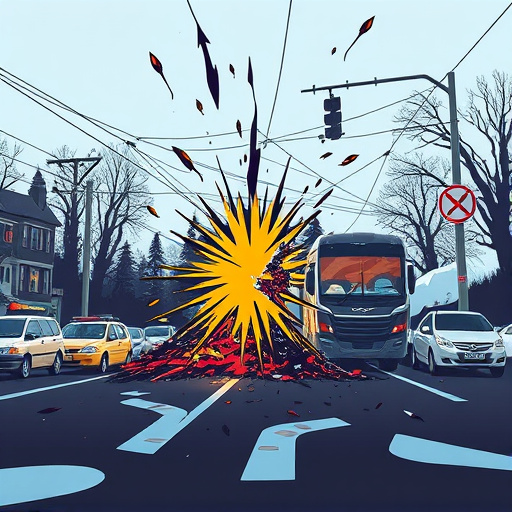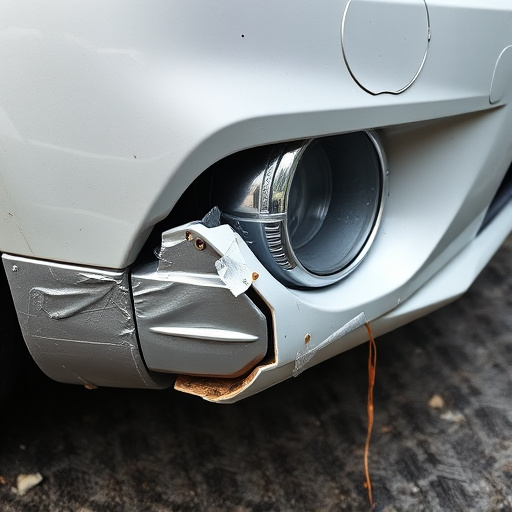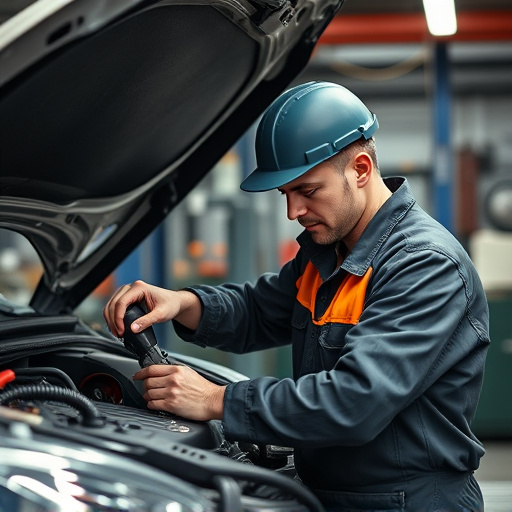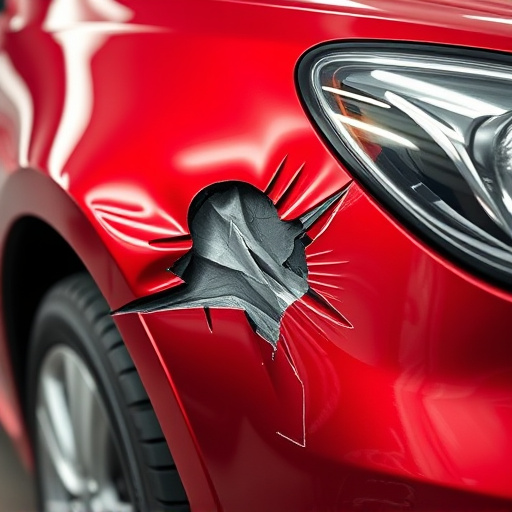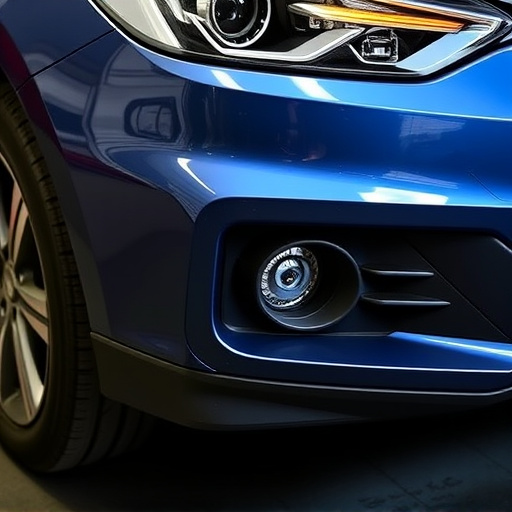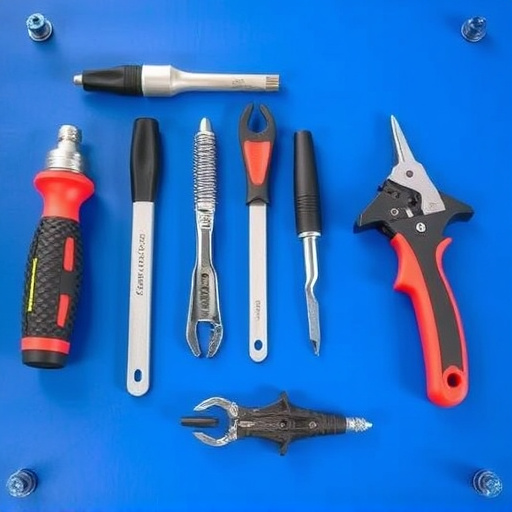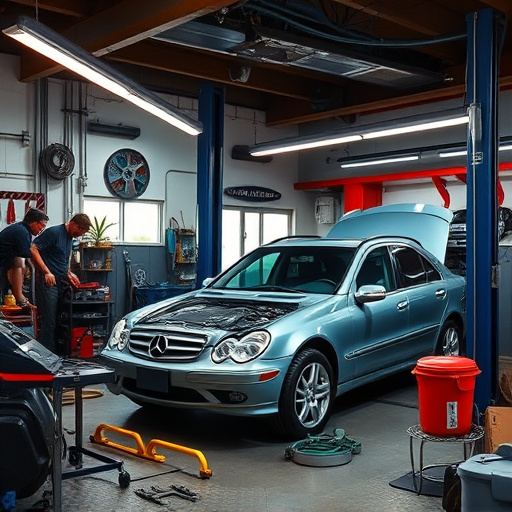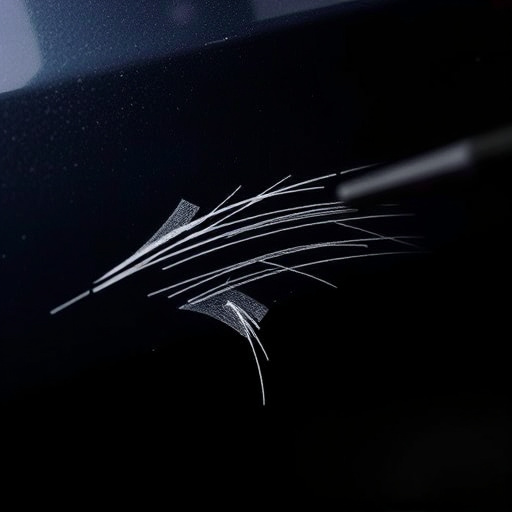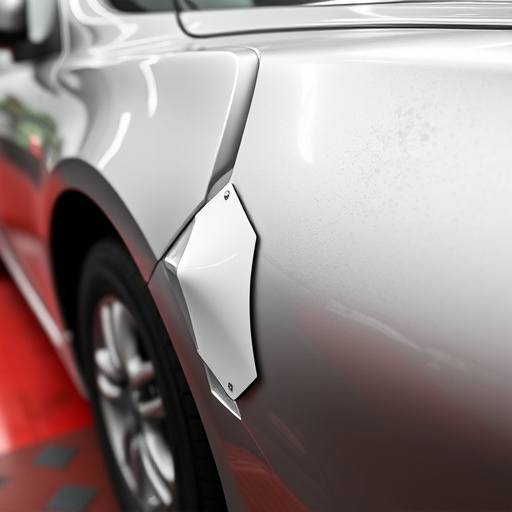After a collision, a thorough brake system inspection by qualified technicians is vital for safety. They assess visible damage and check for wear, examining components like calipers, rotors, pads, and fluid reservoirs for impact or malfunction using specialized tools. This process prevents further damage and ensures the brake system meets safety standards before approving repair work.
Post-impact vehicle safety is paramount, especially regarding the brake system—a complex network critical for controlling speed and stopping. This article guides you through ensuring your brake system’s integrity after a collision. We’ll cover assessing damage, conducting a comprehensive inspection, understanding interconnected components, and implementing safety protocols. Learn how to identify potential issues, determine repair vs. replacement, and maintain optimal braking performance while prioritizing your safety on the road.
- Assessing Damage and Conducting a Comprehensive Brake System Inspection
- – Identifying visible signs of impact and potential damage to brake components
- – Tools and techniques for a thorough inspection: what to look for and check
Assessing Damage and Conducting a Comprehensive Brake System Inspection
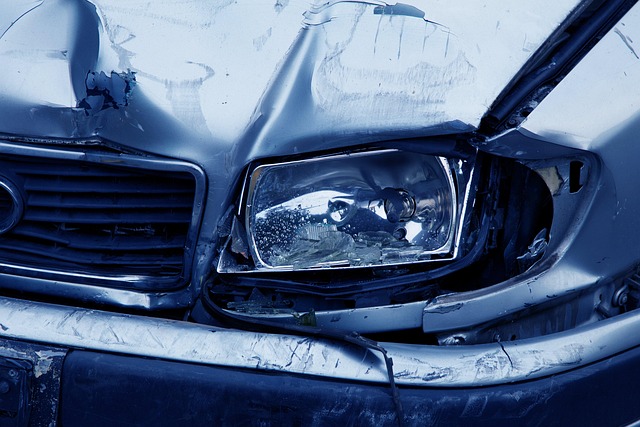
After a collision, assessing damage to your vehicle is crucial before deciding on any repairs, especially for critical systems like the brake system. A thorough inspection should be conducted by qualified technicians in a trusted auto collision repair shop. They’ll look for visible signs of damage, including dents, cracks, or leaks in brake components such as calipers, rotors, and fluid reservoirs.
During this process, they’ll also check for wear and tear that may have been accelerated by the impact. This includes examining brake pads for thickness, checking for uneven wear patterns, and verifying the condition of the brake fluid. A vehicle body shop’s experienced mechanics will ensure no internal damage has occurred, as well, using specialized tools to assess the integrity of the brake system in its entirety before signing off on any collision repair work.
– Identifying visible signs of impact and potential damage to brake components
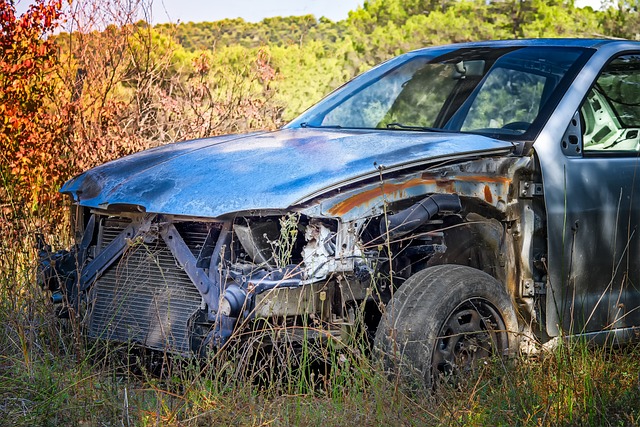
After a collision, a thorough brake system inspection is crucial to ensure safety and prevent further damage. The first step in this process involves identifying any visible signs of impact on the brakes. Look for dents, cracks, or deformations in the brake rotors, calipers, and pads. These components play a vital role in stopping the vehicle, so even minor damage can affect their performance. Additionally, check for fluid leaks from the master cylinder reservoir, which could indicate internal damage.
During this inspection, pay close attention to any visible changes in the brake pads’ condition. Pads that have been squeezed or deformed may require replacement, as they might not provide adequate friction for safe braking. Moreover, inspect the brake lines for signs of rust, corrosion, or damage from the collision. If there are noticeable dents or tears, it could suggest the need for dent removal and repair services from an auto repair shop to restore proper functionality.
– Tools and techniques for a thorough inspection: what to look for and check

After a collision, a thorough inspection of the brake system is paramount to ensuring safety and preventing catastrophic failures during driving. Auto repair shops use a variety of tools and techniques for comprehensive assessments. These include specialized diagnostic scanners to check for any electronic anomalies in the braking components, as well as visual inspections for signs of damage or wear. Mechanics will examine the brake pads, rotors, calipers, and fluid levels, looking for cracks, dents, or uneven wear patterns that could indicate a problem.
During this process, they may also assess if frame straightening is necessary, as even minor collisions can sometimes impact the vehicle’s structural integrity around critical areas like brakes. A collision repair center will employ precise techniques to verify the brake system’s functionality and alignment, ensuring it meets safety standards and performs optimally before allowing drivers to hit the road again.
Post-collision, ensuring your vehicle’s brake system is safe and functional is paramount. A comprehensive brake system inspection after any impact should be a standard procedure. By identifying visible signs of damage and understanding what to look for during an inspection, you can mitigate potential risks on the road. Remember, a thorough check can reveal hidden issues, ensuring your brakes are up to the task of stopping your vehicle safely in various driving conditions.
